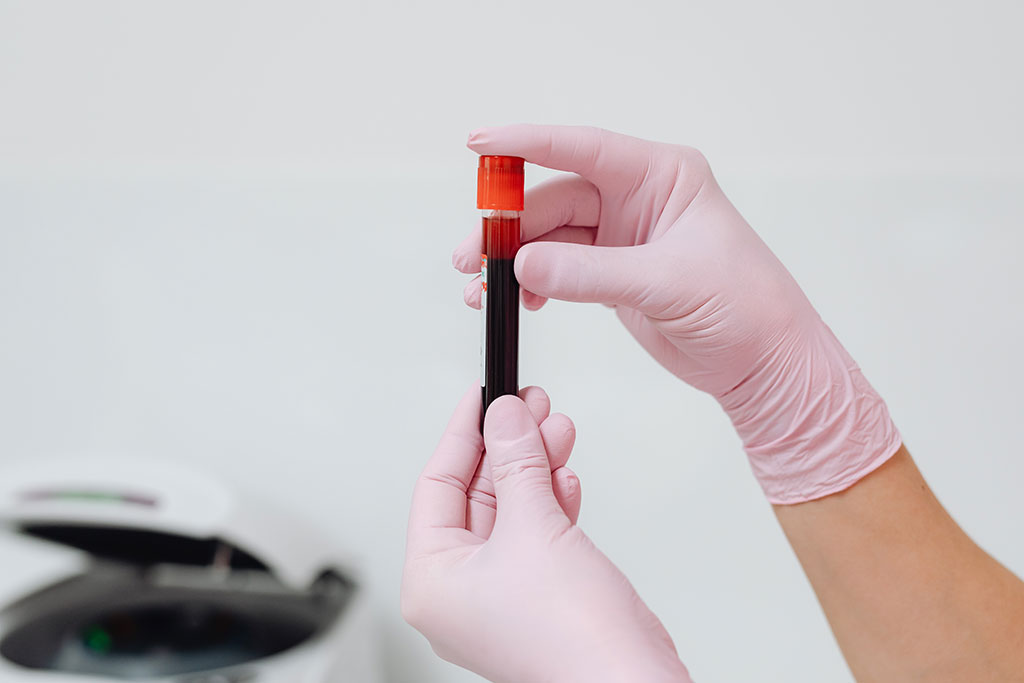World's First Sensitive and Specific Diagnostic Test to Diagnose Acute Rheumatic Fever
Posted on 30 Sep 2022
A new project will look to identify and validate biomarkers for acute rheumatic fever (ARF), which initiates a slow but progressive process of heart valve damage dubbed rheumatic heart disease. These biomarkers will serve as a basis for the world’s first sensitive and specific diagnostic test for ARF.
The collaborative network of researchers led by the Cincinnati Children’s Hospital Medical Center (CCHMC, Cincinnati, OH, USA) is dubbed the Acute Rheumatic Fever Diagnosis Collaborative (ARC) Network and comprises experts from six continents who specialize in bacterial pathogenesis, immunology, genetics, system biology, bioinformatics, and epidemiology as well as clinicians living and working in low- and middle-income countries across four continents where RHD remains endemic. These investigators have a strong track record of successful and productive collaboration, with more than 150 co-authored publications on ARF and RHD. ARC expects their discoveries over the next five years to modernize ARF diagnosis and establish a robust platform for future research into the disease. These discoveries will ensure higher quality epidemiological surveillance, inform vaccine safety and trials, and help innovate new strategies for ARF prevention and treatment.

“Despite the high burden of rheumatic heart disease in most low and middle-income countries, rheumatic fever has been incredibly challenging to diagnose,” said Andrea Beaton, MD, pediatric cardiologist at Cincinnati Children’s and lead researcher for this project. “The symptoms of ARF overlap with other common childhood illnesses and lack of a single, easy-to-deploy diagnostic test further hampers diagnosis.”
“The ARC Network brings together an incredible group of global experts who will utilize modern scientific methods to identify a diagnostic test for rheumatic fever,” said Beaton. “Our work has the potential to transform the way we diagnose rheumatic fever globally and to help uncover new targets for prevention and treatment.”
Related Links:
CCHMC














